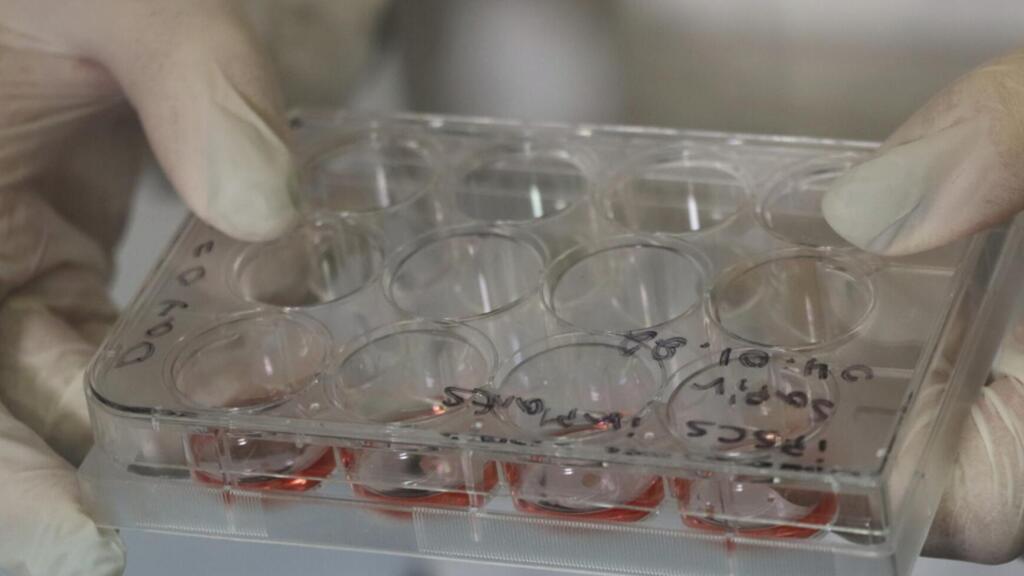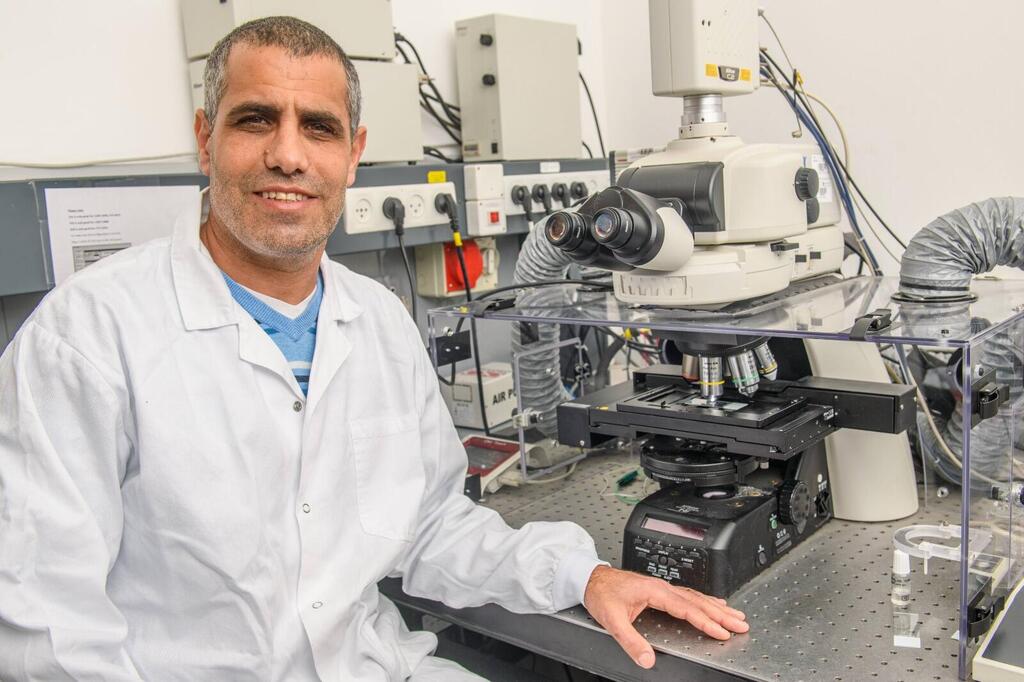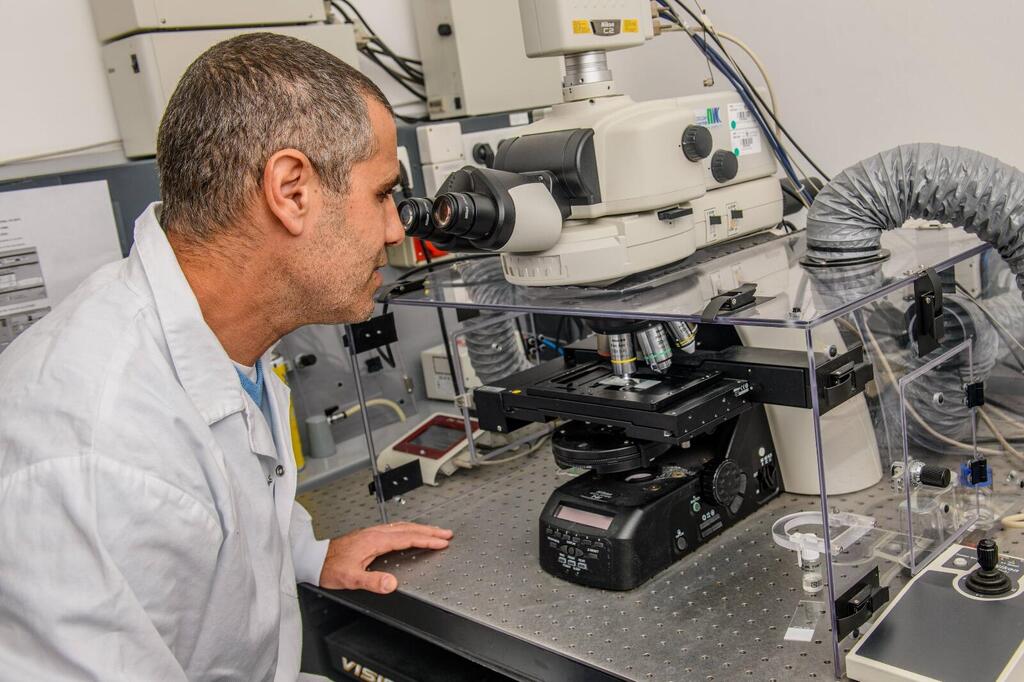A new Israeli medical breakthrough is aiming to give disabled individuals the ability to walk, using technology that may signal a dramatic change in the field of treatment of paralyzed people.
A team of researchers at Tel Aviv University, led by Prof. Tal Dvir, managed to develop a human spinal cord and implant it in mice suffering from chronic paralysis.
The research was published Monday in the prestigious Advanced Science Journal released by the Wiley-VCH.
The new method is based on performing a biopsy of human fat tissue from the patient's abdomen. Then, in a process that mimics the embryonic development of the spinal cord, the researchers transformed the cells into human spinal implants.
According to estimates, in order to treat paralyzed people, tens or hundreds of implants will be required for each patient, and the development of each implant would take some five years.
3 View gallery


Development of artificial spinal cord
(Photo: Sagol Center for Regenerative Biotechnology)
Prof. Dvir and his team members divided the mice suffering from paralysis into two groups: mice with short-term acute paralysis, and mice with long chronic paralysis. After the procedure, all the mice who suffered acute paralysis and 80% of the mice who suffered from chronic paralysis could move and walk again.
The experiment has been conducted so far on mice only, but the university estimates that within two to three years it will be possible to begin clinical trials with human subjects, with the aim of finding out whether the implant can help treat spinal cord injuries in general, and paralysis in particular.
Prof. Dvir explained that the implants are meant to help paralyzed people who either can't walk or move their arms and legs. "The implants we used on mice are human implants and they were made out of human cells, but the number of implants needed for the mice is lower than the one we need to fill the same damaged area in humans. There are still many challenges, but we are optimistic," he said.
Prof. Dvir said his team has been working to develop the technology for some five years.
"Based on this technology, we founded Matricelf company two years ago, and our goal is to bring this technology to the clinics. We produce implants for humans and we are already in discussions with the FDA about approvals. Our ambition is that in two to three and a half years we will be ready for clinical trials.
"The implants demonstrated how paralyzed animals managed to walk again just a few weeks later, and our ambition is that paralyzed people would be able to achieve the same result, and just get out of the wheelchair and start walking, that's our goal and that's where we are heading," Prof. Dvir added.



